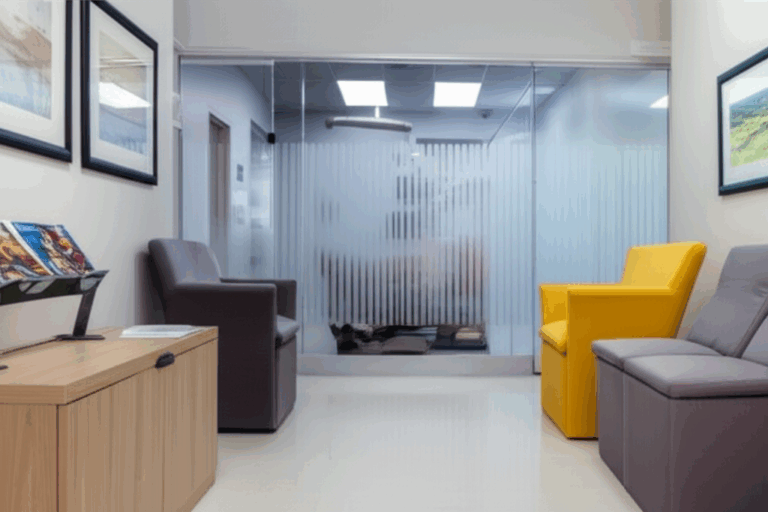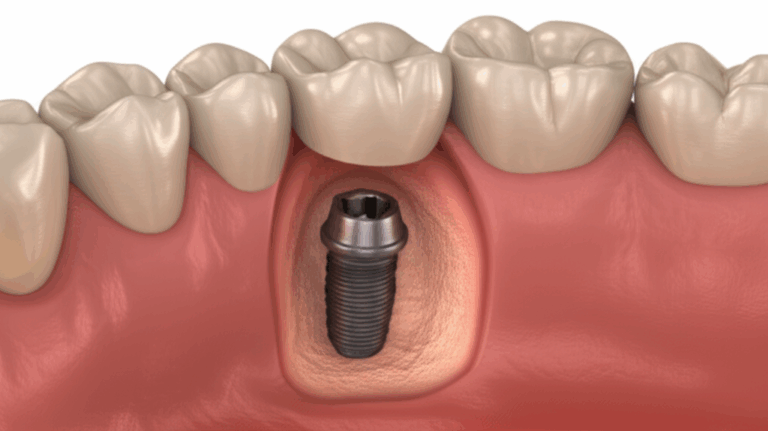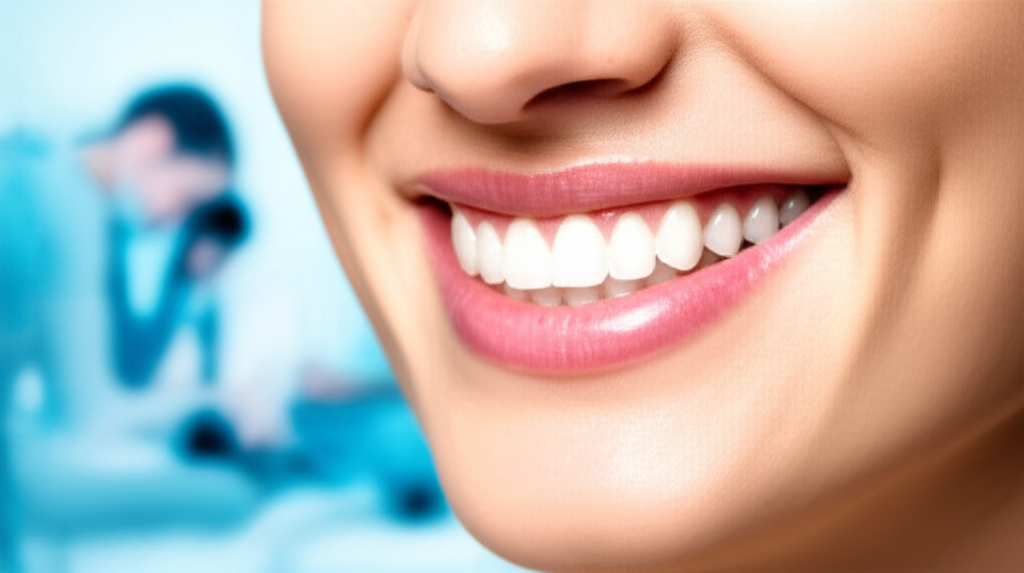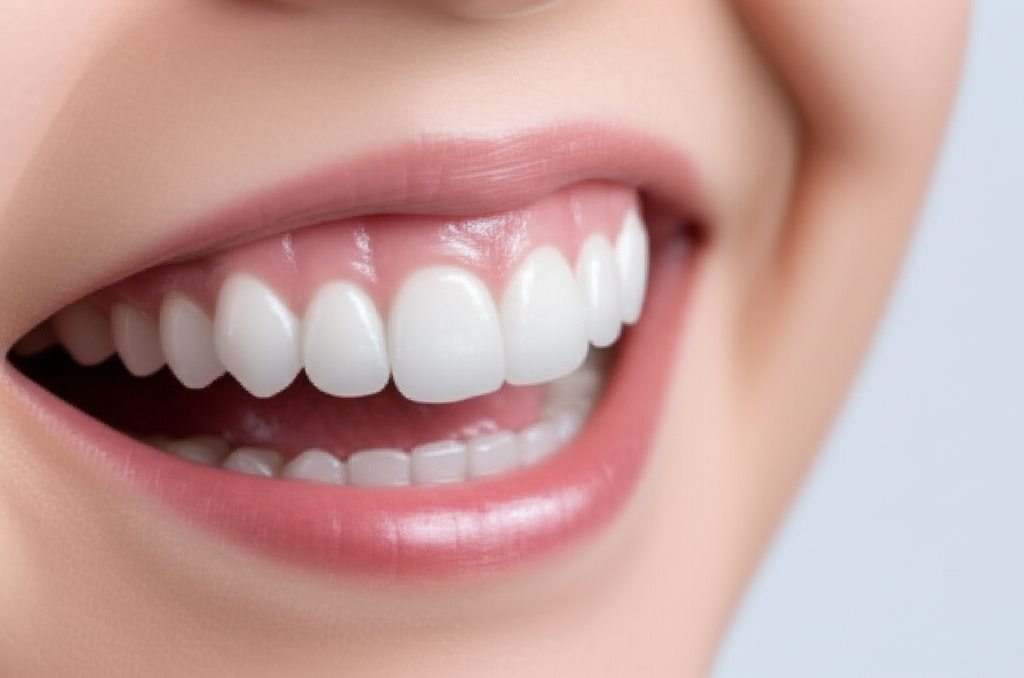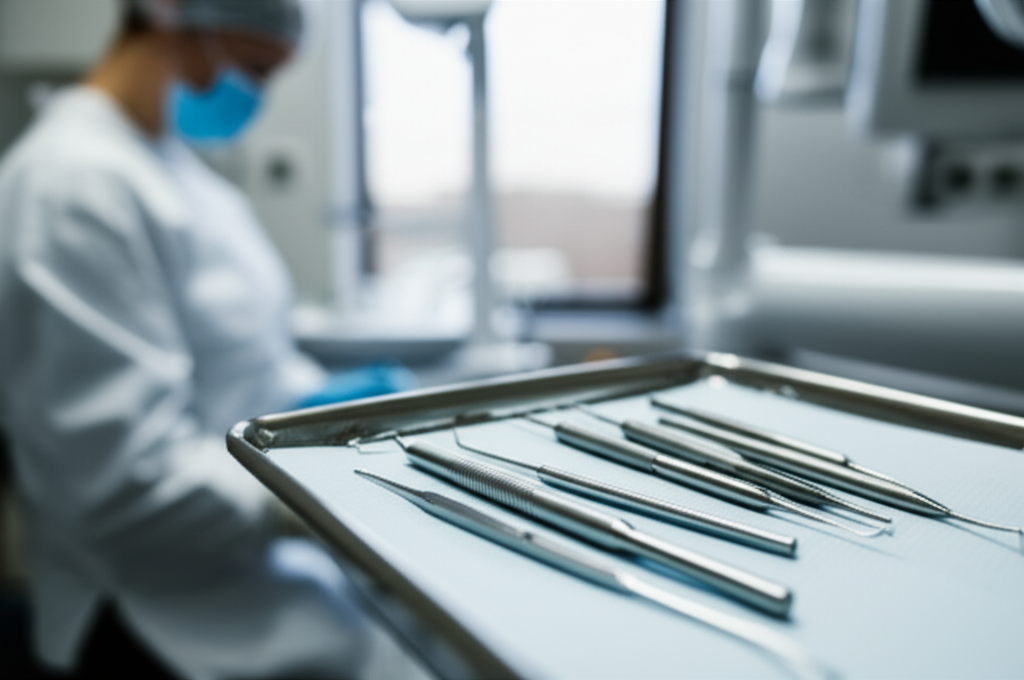
What is Infection Control in a Dental Clinic?
Your Guide to Patient Safety & Best Practices
That Question on Everyone’s Mind:
“Is dental care really safe? How do I know the tools in my dentist’s office won’t spread germs or infections to me—or my family?”
You might have looked around at the face shields, gloves, buzzing machines, and trays of clean tools. You might even wonder, “How do they keep everything so clean? Should I be worried?”
Let’s get straight to it. Infection control in a dental clinic isn’t just a checklist for health workers—it’s the invisible barrier that protects patients, dentists, hygienists, and everyone else from harmful germs. Whether you’re getting a cleaning, a crown, or something bigger, you deserve to know the truth and feel safe. Want to know what really happens to keep your dental visit safe? Keep reading.
In This Article
- What Infection Control Means in a Dental Clinic
- Why It’s So Important for You (and Everyone)
- The Main Rules: Basic Safety Steps Every Clinic Must Follow
- Step-by-Step: How Infection Control Really Works
- Key Regulations & Who Watches Over Clinics
- The Benefits: How These Steps Keep You Safe
- Your Takeaway: How to Spot a Safe Dental Clinic
1. What is Infection Control in a Dental Clinic?
The Basics: More Than Just “Cleaning Up”
Here’s the simple answer: Infection control in dentistry means stopping germs right away—before, during, and after seeing each patient. It’s a group of rules, tools, and safe ways to work that stop the spread of bad germs (like bacteria, viruses, fungus) between people.
Imagine a relay race—but with infection control, nobody should ever get the baton (germs) passed to them.
Why is this important?
- In dental offices, blood, spit, aerosols (the mist from drills or cleaning), and sharp tools make it easy for germs to go from one person to another.
- Some infections are mild, but others (like hepatitis B, HIV, or COVID-19) can be very serious.
The goal? Cut the risk to almost zero—with layers of strict, proven safety steps.
2. Why Does Infection Control Matter So Much in Dentistry?
Keeping You Safe is Not Optional
Ever get a paper cut at home? Bacteria can cause problems without an invitation. Now picture dental care: sharp tools, open mouths, water spray, and a chance for small amounts of blood. All these make it easier for germs to go from surfaces, tools, or even the air onto someone else.
Why dental offices need strict safety:
- Aerosols: Dental drills and cleaning tools make a tiny mist full of small pieces that can carry germs far.
- Blood and Spit: Both are common at the dentist and can spread diseases if not handled right.
- Many Patients in a Day: With many people coming and going, the chance for germs to spread goes up without proper safety.
But here’s the good news: Experts agree that dental clinics with infection control have a very low risk of people getting sick from care. According to the CDC, modern dental clinics are very safe—if everyone follows the rules.
3. The Main Rules of Dental Infection Control
Building the Barrier: The Main Safety Steps
Let’s keep it simple.
A. Standard (Universal) Precautions:
You might know the saying “better safe than sorry.” Every patient is treated as if they could have a germ—even if they feel fine. This habit means no one gets lazy with safety.
B. Risk Checks & Plans:
Good clinics watch out for risks. Staff are taught to spot dangers, like dirty surfaces or dropped needles. Clinics make a written plan for what to do in case something risky happens, like a blood splash.
C. Education & Training:
Everyone—from dentist to the front desk—gets up-to-date training, and they repeat it regularly. Safety rules can change over time, especially with new illnesses.
4. Step-by-Step: How Infection Control Works
Let’s look at the main safety steps—some you see, some you don’t.
A. Personal Protective Equipment (PPE)
If staff look like they’re in a sci-fi movie with gloves, masks, eye shields, and gowns, they’re just blocking germs. PPE is their main armor.
- Gloves: Worn for every patient, changed every time.
- Masks/Face Shields: Keep out mist and droplets—very important when drilling or cleaning.
- Eyewear/Goggles: Protect eyes from splashes.
- Gowns or Coats: Keep clothes and skin safe during messy procedures.
Staff put on and take off PPE in a set order to stay safe.
B. Hand Cleaning: The Real Hero
Washing hands is still better than any spray or wipe. Why? Our hands pick up germs from things we touch.
- When & How: Hands are cleaned before and after every patient, after touching equipment, and after removing gloves. Soap and water or alcohol hand rub does the job.
- Following Rules: Even a small increase in hand cleaning cuts infection risk. But sometimes, not everyone does it! Good clinics remind staff all the time.
C. Sterilizing & Cleaning Tools
Here’s where the real safety happens.
- Cleaning Machines: Tools are scrubbed in machines to get rid of any debris.
- Wrapping & Packing: Clean tools are sealed before sterilizing.
- Sterilizing: The most common way is in an autoclave—hot steam under pressure. There are other ways, too.
- Checks: Every clinic checks their sterilizers at least every week to make sure they work.
- Storage: Sterile tools are kept in clean, closed places until needed.
If everything is done right, studies show almost all (over 99%) of tool cycles are properly sterilized.
D. Surface Cleaning: Every Touch Matters
Not everything can go in a sterilizer. Chairs, counters, switches, handles, and more need different care.
- Surfaces Touched Often: Wiped down with strong disinfectants between patients.
- Other Surfaces: Floors and walls are cleaned regularly, but not as often disinfected.
- Plastic Covers: Sometimes, clinics cover handles and other spots with plastic, then change it after each patient.
E. Dental Water Safety: The Water You Rinse With
Dental water tubes used to have a lot of germs. Today, clinics:
- Use chemicals and their own water tanks.
- Test water often, aiming for really low bacteria levels.
- Change filters and rinse lines to stop buildup inside the tubes.
F. Shots & Sharp Tool Safety
Sharp tools are common in dentistry but can be dangerous.
- One-use Needles: Only used once, then thrown away.
- Sharps Bins: Tough containers are close by for safe disposal.
- No Recapping by Hand: So nobody gets accidentally poked.
Sharp injuries still happen: But by following the right steps, almost all can be prevented.
G. Waste Management: No Shortcuts
Dental waste isn’t all the same. Clinics sort:
- Medical Waste: Things with blood, old teeth, and sharp objects—a special team picks it up.
- Other Waste: Stuff like paper towels and wrappers goes in the regular trash.
H. Coughing & Air Safety
- Masks and tissues are offered at the front for patients who cough.
- Good Ventilation: Many clinics upgrade air systems to filter and clean the air, especially during times like COVID-19.
5. Who Sets and Checks These Rules?
Trusted Oversight—Not Just Up to Staff
Wondering who’s checking up on your local dentist? Several respected groups:
- Centers for Disease Control and Prevention (CDC): They publish the main safety rules.
- American Dental Association (ADA): Gives advice and updates.
- Occupational Safety and Health Administration (OSHA): Sets rules for worker safety, including bloodborne germs.
- World Health Organization (WHO): Shares global advice on infection control.
- State Dental Boards: Local groups that update the rules and check that clinics follow them.
The Bottom Line: Clinics that follow the rules make infection very rare. Ignoring rules can mean big fines or even closing the office.
6. The Benefits of Strong Infection Control
Why Should You Care?
Here’s why this matters for you or your family.
— Safety and Trust
A clean, safe office means you’re in good hands. When you feel safe, you’re more likely to come back and take care of your teeth.
— Protection For All
Following infection control protects:
- You: You don’t have to worry about catching something while fixing your teeth.
- Staff: They stay healthy and keep their families and other patients healthy.
- The Community: Stopping the spread of germs keeps everyone safer from diseases big and small.
— Confidence
You might forget most things about your visit, but you’ll remember if it felt safe and clean. Seeing clean rooms, wrapped tools, and fresh gloves are good clues.
— Saves Money
It’s much cheaper to stop infections than to treat them. Not following rules can cost clinics a lot in fines and trust.
7. How Can You Tell If a Dental Clinic Practices Good Infection Control?
Be a Smart Observer
You don’t need fancy equipment to check. Look for:
- Staff washing or using sanitizer on their hands before putting on gloves.
- Gloves, masks, and eye protection used for every patient, changed every time.
- Tools come out of sealed bags in front of you.
- Surfaces look clean, or you see them being wiped or covered with plastic between patients.
- Sharps boxes are nearby.
- The clinic answers your questions about safety.
Still worried? Just ask. Good clinics will gladly explain what they do to keep everyone safe.
Looking for a reliable clinic? china dental lab connects you with dental partners who care about safety, following global standards.
8. Your Dental Infection Control “Cheat Sheet”
Key Points:
- Infection control in dental clinics means stopping germs with lots of safety steps.
- Every patient is treated as if they could have an infection.
- Main steps include PPE, hand cleaning, sterilizing tools, cleaning surfaces, water safety, sharp safety, and waste handling.
- Groups like CDC, ADA, OSHA, and state boards set and check the rules.
- Good infection control shields you, clinic workers, and the community, and keeps the clinic safe from trouble.
- You can spot signs of a safe clinic—and ask about them!
Next steps:
If you need a dentist, use these tips to choose wisely. Want more info about common dental problems or treatments? Visit our resource pages for easy answers.
9. Frequently Asked Questions (FAQs)
Q: What should I do if I see a staff member not change gloves or mask between patients?
A: Speak up—it’s your safety! A good clinic will fix this mistake right away.
Q: How often are instruments sterilized?
A: Every tool used in your mouth is sterilized after every patient—no shortcuts.
Q: Is the water used during cleaning or drilling safe?
A: Good clinics check and treat their water lines to make sure the water is clean—just like drinking water.
Q: What about dental materials made outside the office (like crowns or dentures)?
A: Trusted clinics use labs that follow the same infection control steps themselves. For example, a digital dental lab keeps everything clean and safe before it gets to your mouth.
10. Your Confident Smile is the Goal—Ask, Watch, and Expect the Best
Infection control isn’t just a list to tick off—it’s something your dental team does every day to keep you healthy and happy. You have the right to see it, ask about it, and feel safe when you sit in the chair.
So next time, look for the clues, ask your questions, and remember: good communication brings good care—and a healthy smile.
Stay curious, stay safe, and smile knowing you’re in good hands.
> For more info from sensitive teeth to veneer choices, our resource center is here to help.
Sources:
Centers for Disease Control and Prevention (CDC), American Dental Association (ADA), Journal of Dental Research, OSHA Guidelines, World Health Organization (WHO)
This article is for information only and does not replace advice from your dentist. For special concerns, always ask your dentist or hygienist directly.

